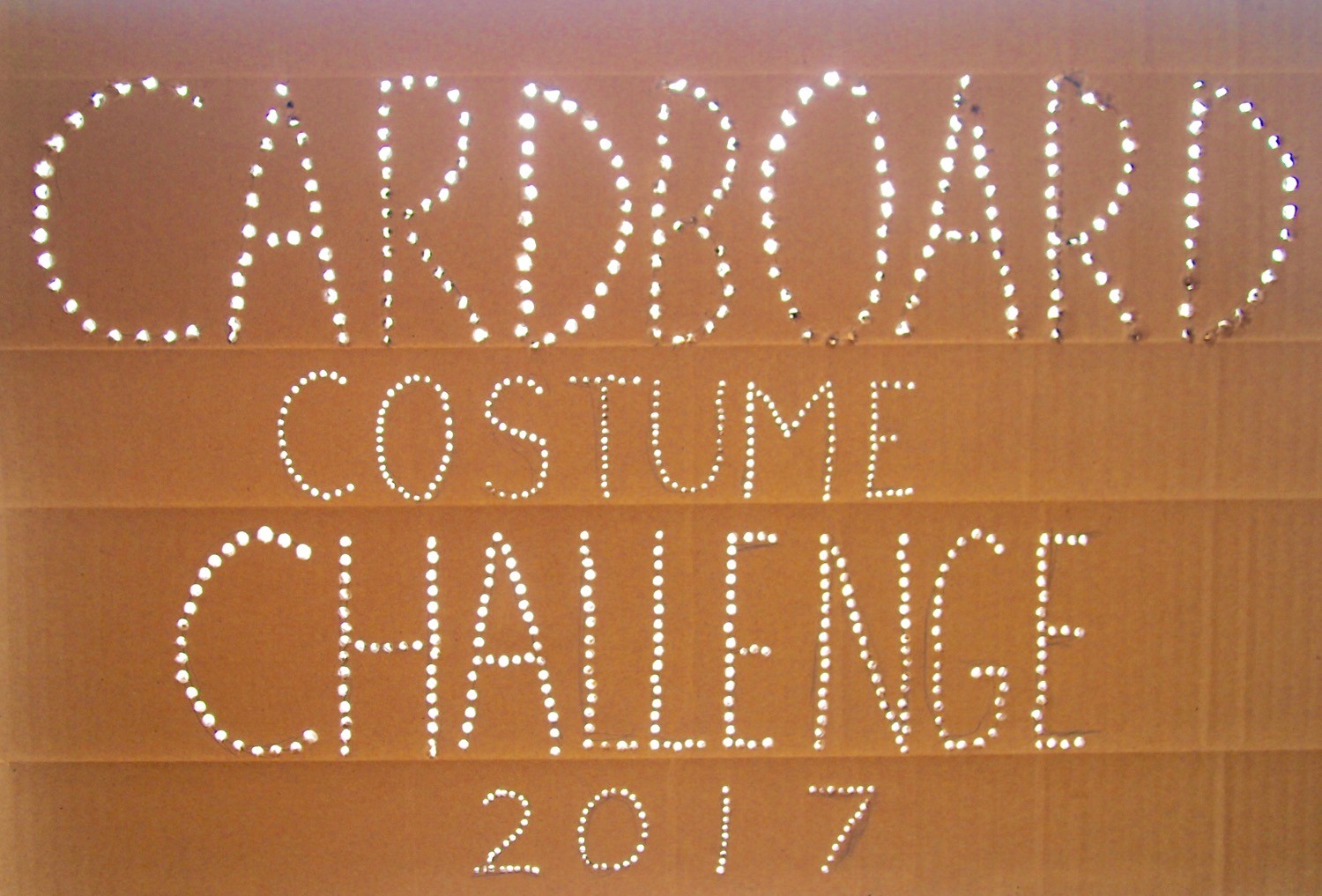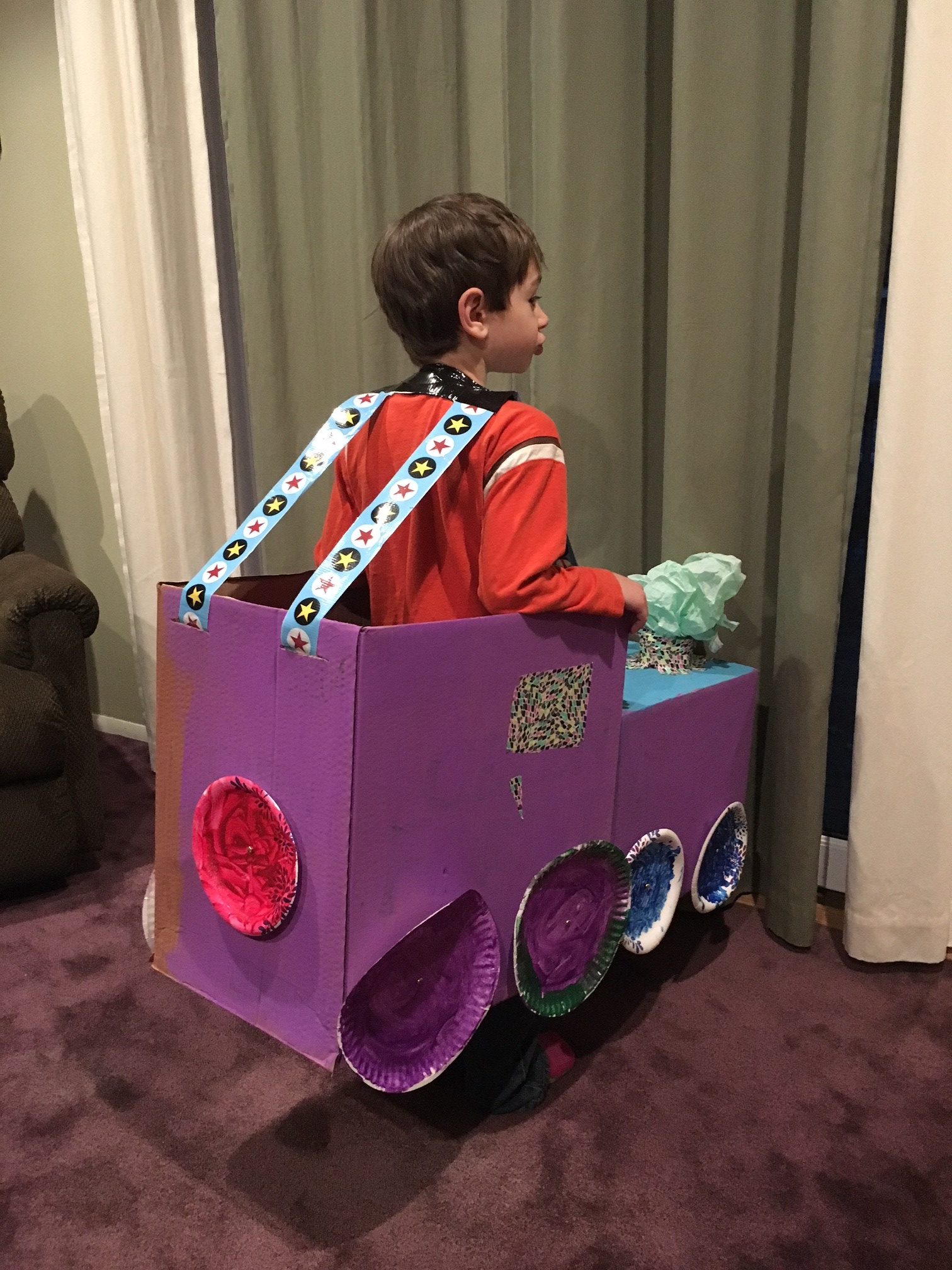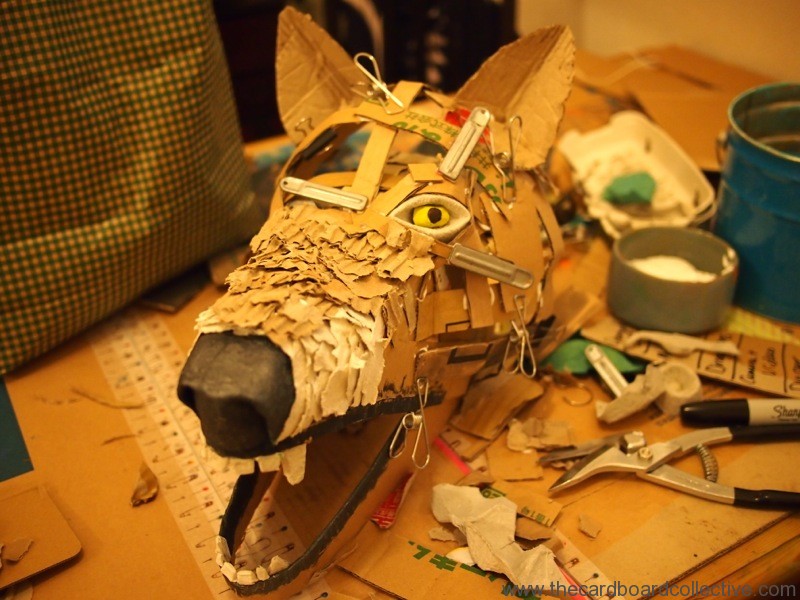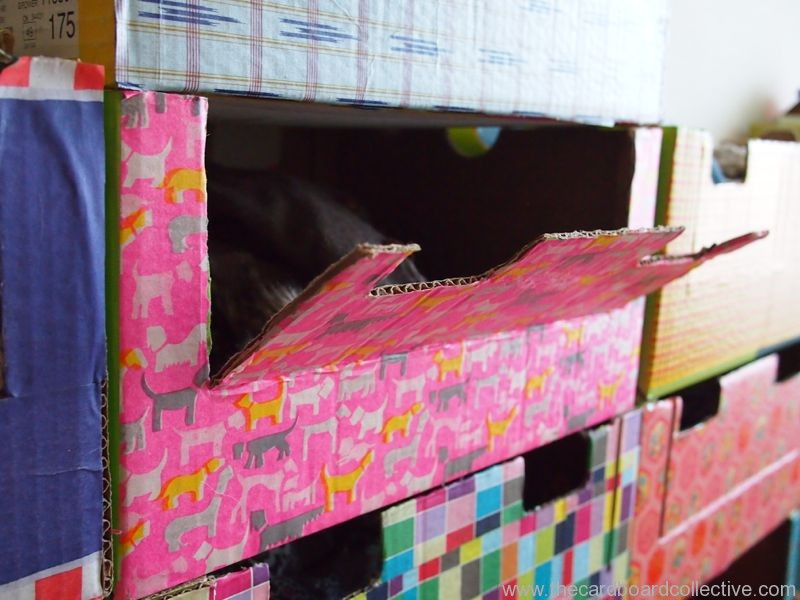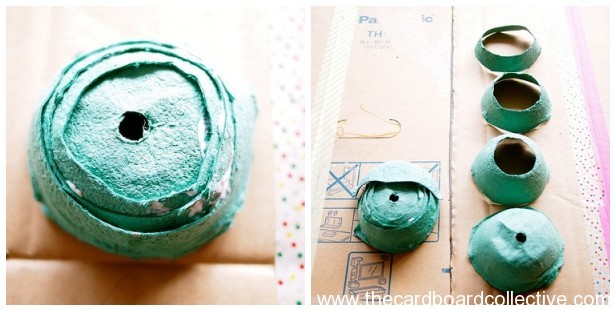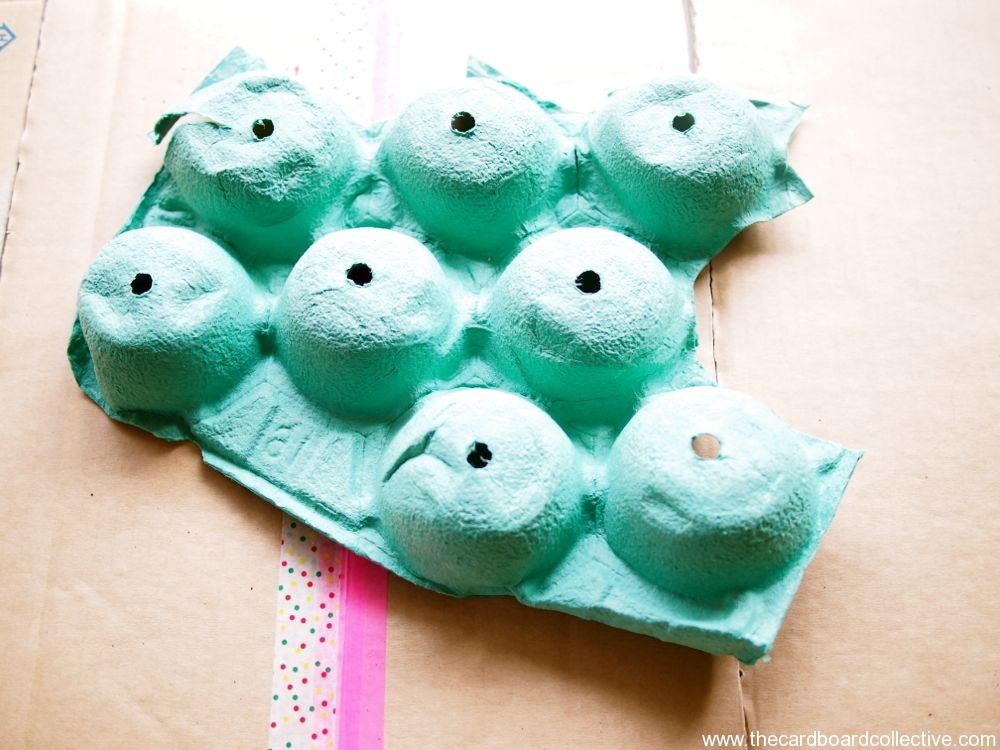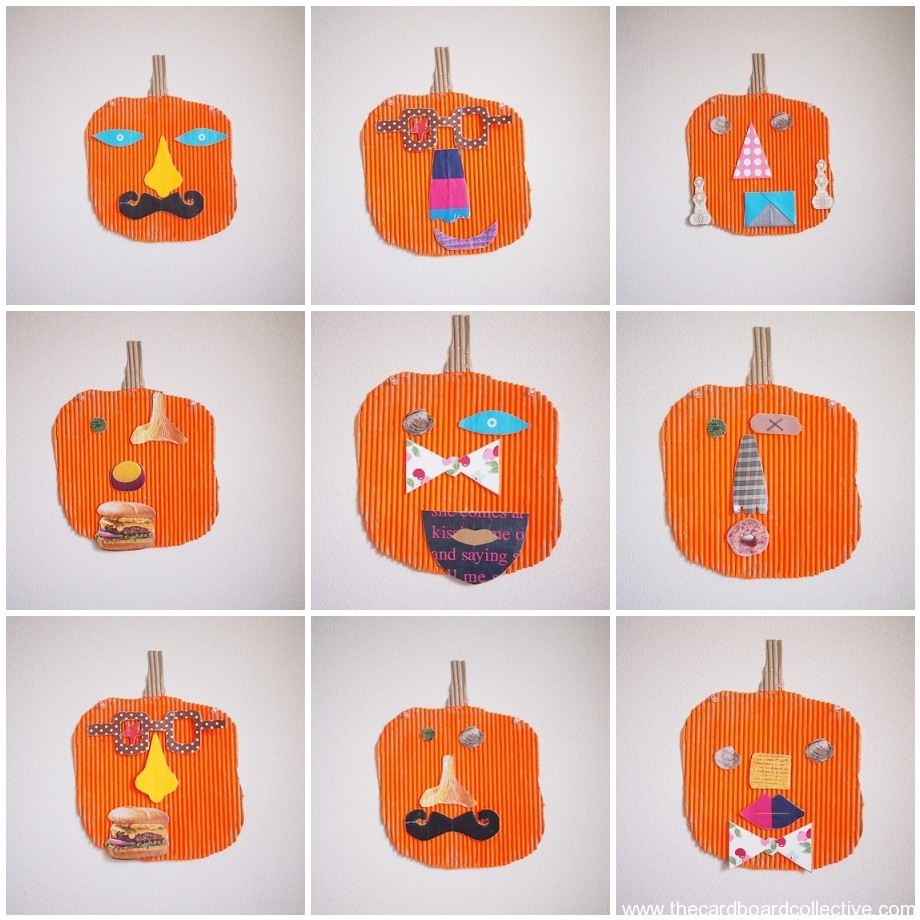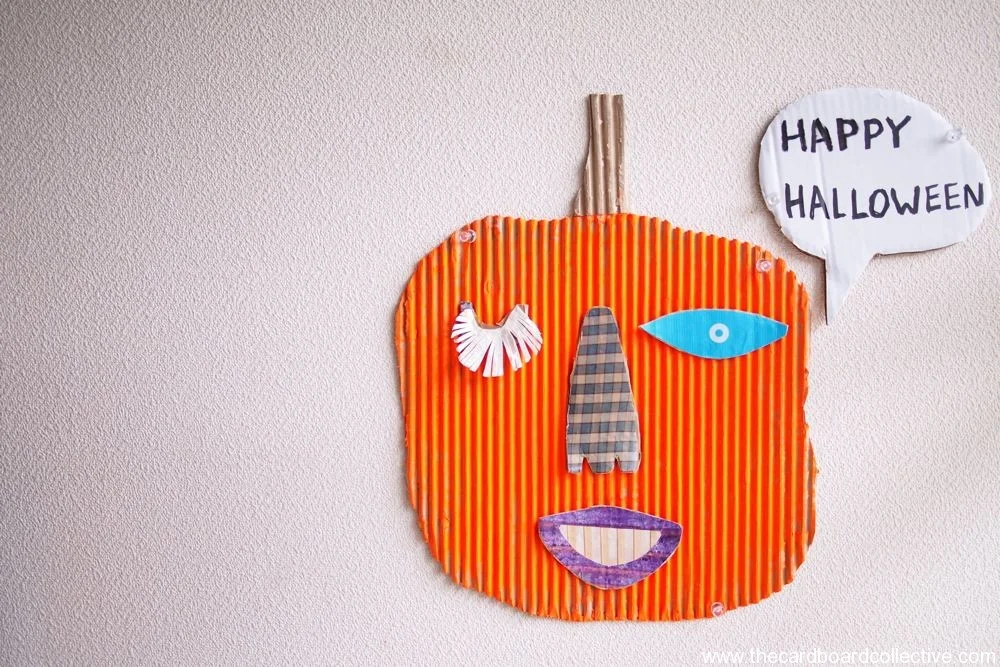 Since we've been back in the U.S. on a summer holiday trip, I've had to start all over sourcing cardboard. In Tokyo I was hauling everything by bike and bike trailer and I had developed relationships with several places in my local community.
Since we've been back in the U.S. on a summer holiday trip, I've had to start all over sourcing cardboard. In Tokyo I was hauling everything by bike and bike trailer and I had developed relationships with several places in my local community.
I was also able to scavenge from my neighbor's cardboard piles weekly on recycling day. It was pretty easy to get whatever kind of cardboard I wanted.

I haven't had time for a lot of cardboard projects while we've been in Michigan this summer. One thing I have been doing is scouting all kinds of exotic grades of cardboard.
There are some great materials out there... but before I tell you how you can get your hands on this stuff, let me first brief you on a few reasons why it's not as easy to get free cardboard as it used to be...

Exhibit A: Cheung Yan, (the woman on the left) CEO and power house of Nine Dragons Paper Industries. She just happens to be one of the richest self-made female billionaires in the world.
She is also partly responsible for the growing trade of U.S. waste paper and cardboard that is shipped to China to be made into cardboard boxes for export. Yan's story is quite remarkable, and she's a big reason why even your local grocery store is baling their cardboard and selling it for a profit.


Exhibit B: Cardboard Compactor / Baler and Cardboard Bales. When I talked to the Produce Manager at my local mid-sized grocery store, he told me that cardboard bales sell for $75 a piece, and that their store produces about 2 bales on an average day. During peak holiday seasons they produce as many as 4 or 5 cardboard bales each day. That's over $300 dollars worth. Wow!

With that in mind, here are my top 3 sources for cardboard BEFORE it gets to the baler:
1. Befriend a manager or two in the produce department of your favorite grocery store. They all use some kind of cardboard that they will probably be willing to set aside for you if you speak with them directly and explain what you're doing with the cardboard. This is my favorite place to score banana boxes, kiwi boxes, and the über fabulous watermelon boxes (I'll be posting about those next week.)
2. Wal-Mart, Kmart, Target, or your local "everything" store. Call ahead or stop at Customer Service first to find out when and how they break their cardboard down. The more specific you are about what kind of cardboard you're looking for the better. (Banana boxes, large boxes without holes, etc.)
I learned that Wal-Mart stocks at night and does all their re-shelving and cardboard processing then, so it's best to ask or call after 10pm at night and have them hold boxes for you until the next morning. They kindly held a shopping cart full of boxes for me in the area near their bathrooms at the back.
Target told me that the only time they had boxes available was Thursday mornings at 8am. Apparently this is when they restock and break all of their boxes down, and the only time to get any cardboard from their store.
If you get the cold shoulder, try talking to someone who stocks on the floor, they might be more willing to help you, particularly if you are looking for a small quantity of boxes. Persistence is key.
3. Any Local business that is small enough to pay for a cardboard recycling service is more likely to hand over their cardboard to you. It also helps if you are a regular patron of their business.
Deliveries are usually made according to a weekly schedule and cardboard has to be broken down right after delivery because of space issues. Call ahead to find out when is the best time to pick up the cardboard and if it works with your schedule.

ALWAYS Be ready explain what you are doing with the cardboard, how much you need and what size box you are looking for.
More Ideas:
* FYI Cardboard dumpster diving is illegal, mostly because waste management companies do not want to be held liable for any injuries that could take place during the "diving" part. Your best bet is to intercept the cardboard before (it's also cleaner that way) it gets to the dumpster, by talking to a business manager at the storefront responsible for the cardboard-only dumpster.
* Freecycle and Craigslist are other great options. Sign up and post a request for free cardboard. You can also peruse the "free" section or do a search looking for people giving away free cardboard boxes.

So that's my advice for cardboard collecting. I hope you get out there and start putting all this bounty to good use.
But first I need your help!
What's your secret for scoring recycled cardboard?
What kind of cardboard is available where you live?
I'm hoping to turn this post into a static resource page along with information on tools and materials, so I'd really love to hear from you in the comment section!
Update: March 2013
Some time tested ideas from Readers:
- Costco
- Sam's Club
- Independent Bicycle Retail Shops
- Independent Car Auto Body Shops
